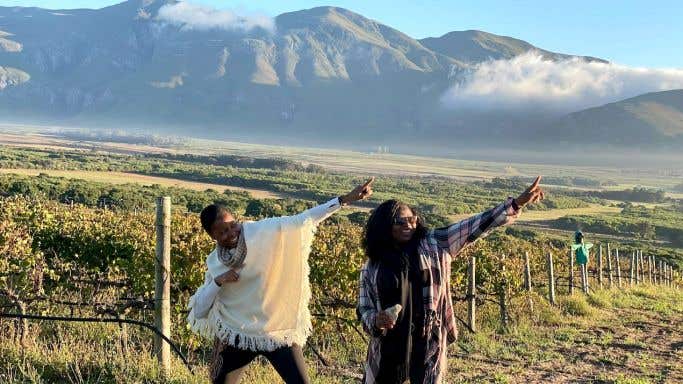A resource guide for eco-conscious wine lovers, plus a call for help on a new initiative.
Today is Earth Day 2024. For anyone wondering what on earth (no pun intended) that signifies, the world’s first Earth Day was on 22 April 1970, and it was founded by US Senator Gaylord Nelson and a young activist by the name of Denis Hayes. Nelson was passionate about environmental issues and increasingly concerned by the rising levels of pollution and environmental degradation in the US – he even managed to persuade President John F Kennedy to tour the US to specifically address conservation issues. Nelson recruited Hayes to coordinate a series of college teach-ins, and with the injection of Hayes’ enthusiasm and energy, the idea scaled up to include the wider public. The date, 22 April, was chosen because it was, in 1970, a weekday between spring break and exams – a time in which students were most likely to attend events.
The first Earth Day galvanised a nation. Millions took to the streets in support, and it led to the creation of the United States Environmental Protection Agency as well as, over following years, the National Environmental Education Act, the Occupational Safety and Health Act, the Clean Air Act and the Clean Water Act.
By 1990 Earth Day had gone global and in 2016 the United Nations chose Earth Day to sign the Paris Agreement. More than 180 countries and over one billion people now take part.
The movement extends to the wine world as well. While sustainability has become a buzzword in the wine industry, there have been real changes made, including many that we’ve helped along. (See our articles on bottle weights and old vines for two prime examples.) If you’re interested in delving further, there is a wealth of information on JancisRobinson.com, with articles on climate change, packaging, transport, regenerative viticulture, environmentally friendly tourism, organic producers, biodynamics, biodiversity and inclusion and diversity. Or you can just search under our sustainability tag.
We’d also like to share a brilliant initiative that has been launched by the Regenerative Viticulture Foundation: the RV Guide, a comprehensive guide to regenerative farming practices for vine-growers, including a map of grape-growers who are interested in these practices.
They have asked for your help in fine-tuning the guide, which is currently in beta version. They ask, ‘If you could spend 15 minutes answering the questions and tick “share with all” at the end, we will be able to fill our map with growers before we launch it formally. You’re very welcome to trial the guide without being included on the map (but just imagine our faces as it fills with growers!). By trialling the guide you’ll also help us find out where growers most feel they need support so that we know where best to direct resources.’
So please, if you’re a producer or a grower, try the RV Guide! If you’re not, spread the news.
And then go celebrate Earth Day 2024 with a glass of one of our favourite sustainably produced wines.
The main photo is of Jeanne Vito with Akouvi Rolande Kpokou at Springfontein Wine Estate – see South African catch-up.






